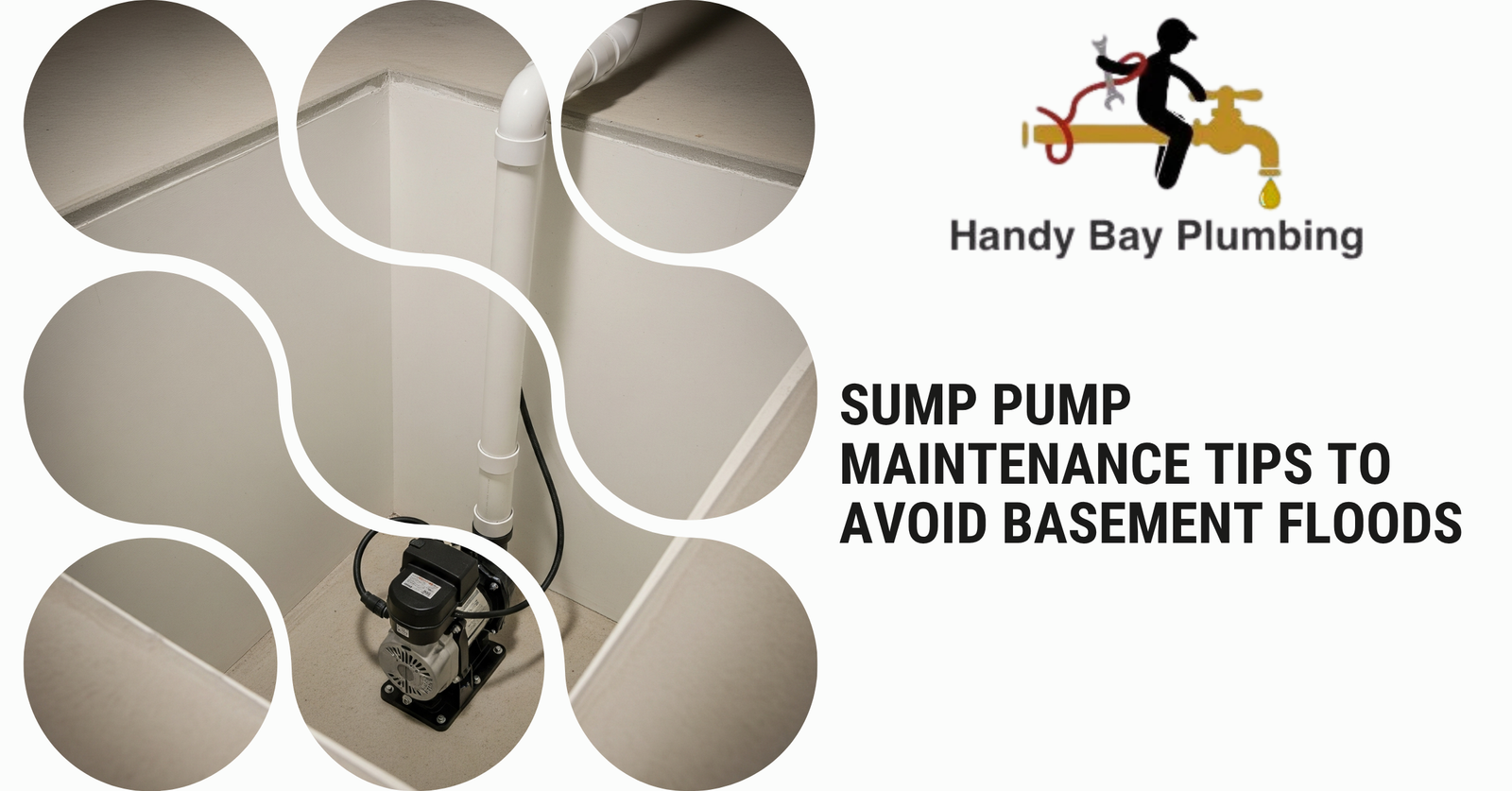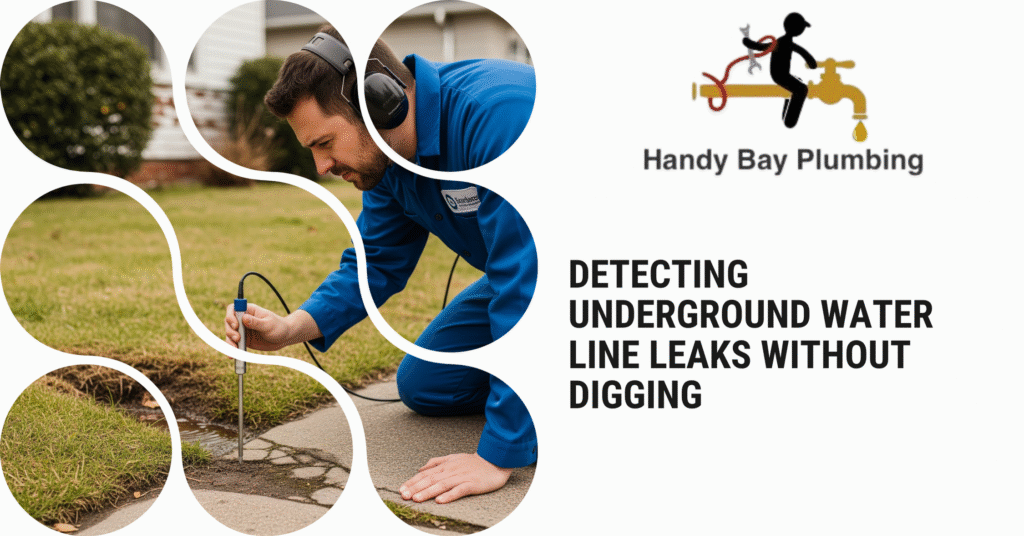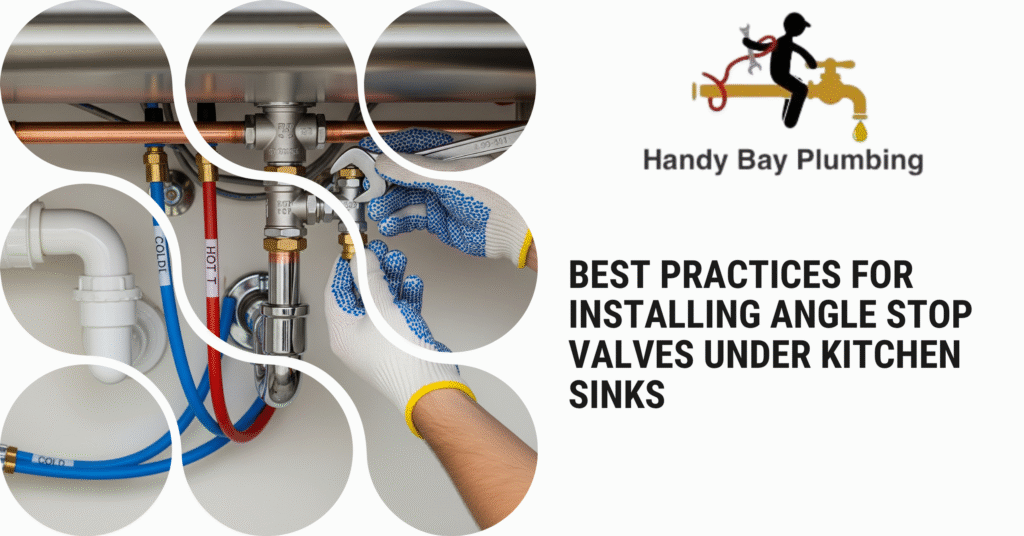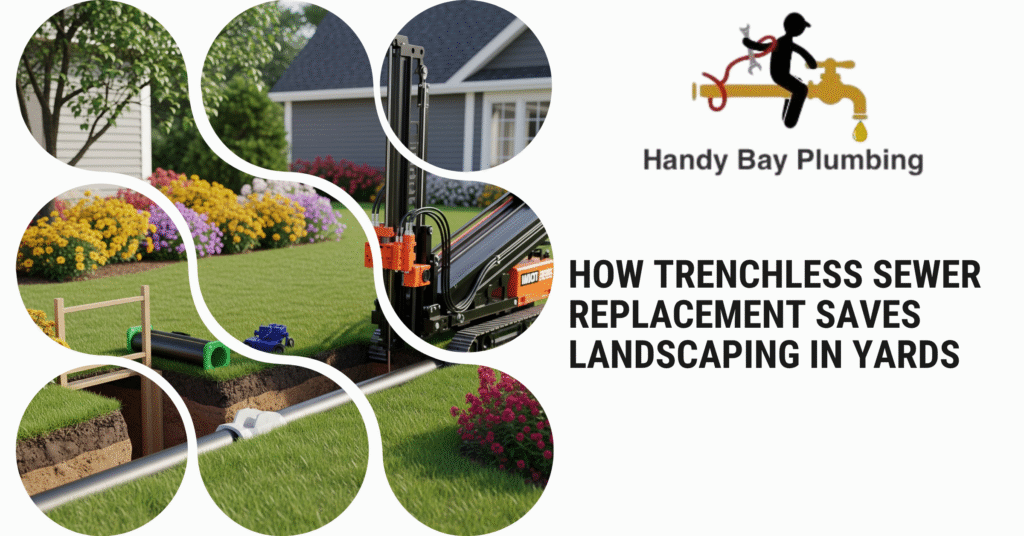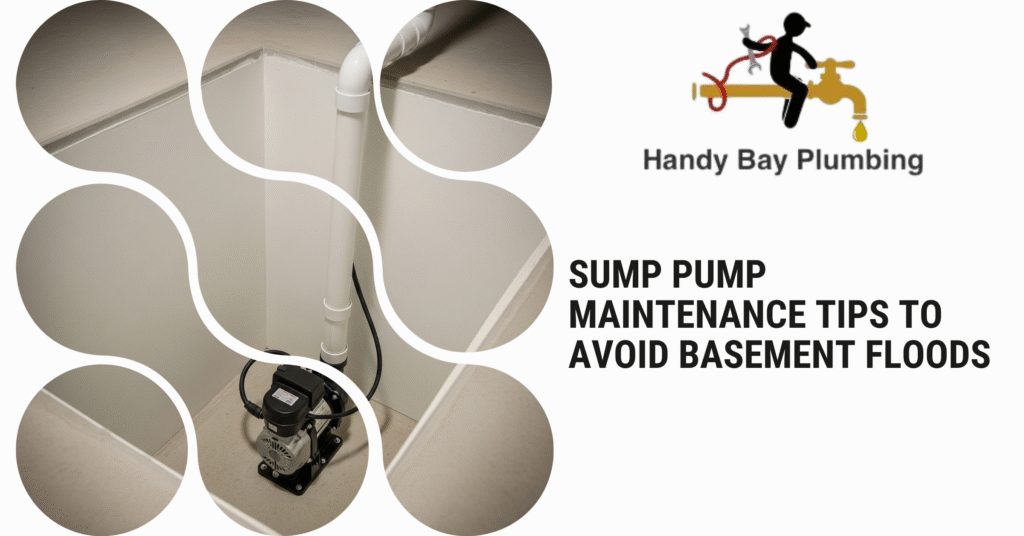A working sump pump is your home’s first defense against costly basement floods, mold growth, and structural damage. But like any piece of equipment, it needs regular care to stay reliable, especially when heavy rain or melting snow hits. Here’s a detailed guide on the best sump pump maintenance tips to help you avoid unexpected water damage and keep your basement dry year-round.
Why Sump Pump Maintenance Matters
Your sump pump sits quietly in the basement pit, but when it fails, the results can be disastrous:
Flooded floors and ruined belongings
Expensive mold remediation
Foundation damage and lowered property value
Regular maintenance keeps the pump ready to handle sudden water surges, prevents rust or clogs, and extends its lifespan.
1. Test Your Sump Pump Regularly
Every few months, or at least before heavy rain, pour about 5 gallons of water into the sump pit. The float should rise, trigger the pump, and quickly remove the water.
Tip: If it doesn’t turn on or sounds unusual, schedule a professional inspection immediately.
2. Clean the Sump Pit
Dirt, gravel, and debris can clog the pump’s intake and reduce efficiency.
- Turn off the pump (unplug or switch off power)
- Remove any loose debris from the pit
- Use a wet/dry vacuum for stubborn sediment
Note: Keeping the pit clean protects the motor and float switch from damage.
3. Inspect and Clean the Pump Screen
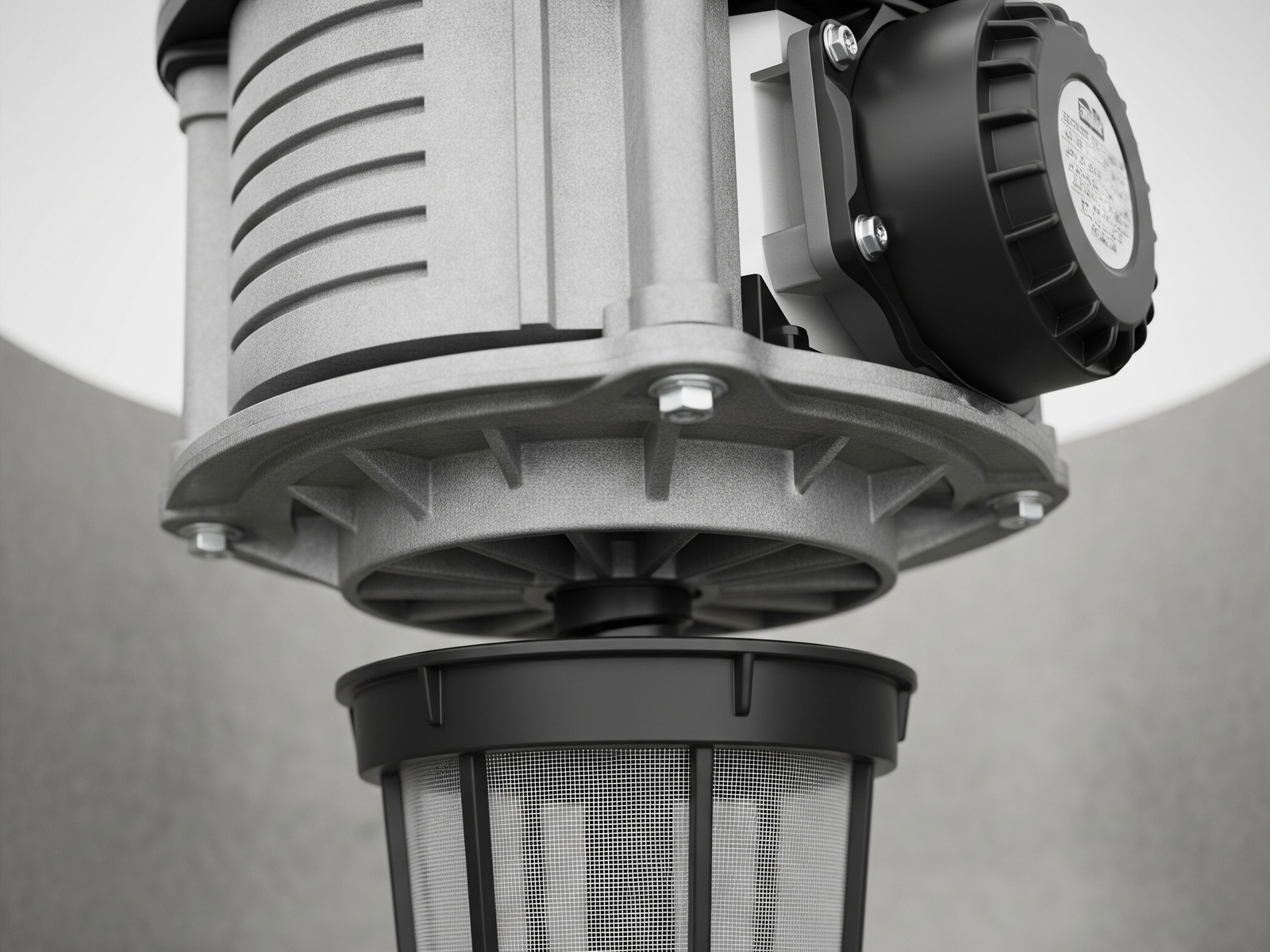
The intake screen filters out debris but can get clogged over time. Check it every few months:
- Disconnect the pump from power
- Lift it out carefully
- Rinse the screen with water
A clogged screen can make the pump run harder, shortening its life.
4. Check the Discharge Pipe
The discharge pipe carries water away from your home. Make sure it’s:
Not frozen, cracked, or leaking
Extending at least 10–20 feet from your foundation
Sloped properly so water flows away
Tip: Install a removable cover to keep animals and debris out.
5. Test the Float Switch
The float switch activates the pump when water rises. It’s often the first part to fail, especially if it gets stuck.
- Move the float manually to check the smooth movement
- Listen for the pump turning on
- Replace the switch if it’s sticking or slow to respond
6. Ensure Proper Power Supply
A sump pump is useless without electricity:
- Use a dedicated GFCI outlet
- Avoid using extension cords
- Consider a battery backup system or water-powered backup pump for peace of mind during outages
Tip: Test the backup battery twice a year and replace it every 3–5 years.
7. Listen for Unusual Noises
Humming, grinding, or rattling can mean worn parts, loose connections, or debris caught inside.
Tip: Schedule professional service if your pump sounds different from normal.
8. Schedule an Annual Professional Inspection
Even with DIY checks, a professional plumber can:
Test electrical components
Check the impeller and motor
Inspect discharge lines and backup systems
Tip: Annual servicing is especially important for older pumps or if you’ve experienced basement flooding before.
9. Replace an Aging Pump Before It Fails
Most sump pumps last about 7–10 years. If yours is older, consider replacing it rather than risking failure during a heavy storm.
Tip: Keep installation and warranty documents for future reference.
Bonus: Keep a Maintenance Log
Record dates of:
Tests and cleanings
Battery checks
Professional inspections
Any repairs or part replacements
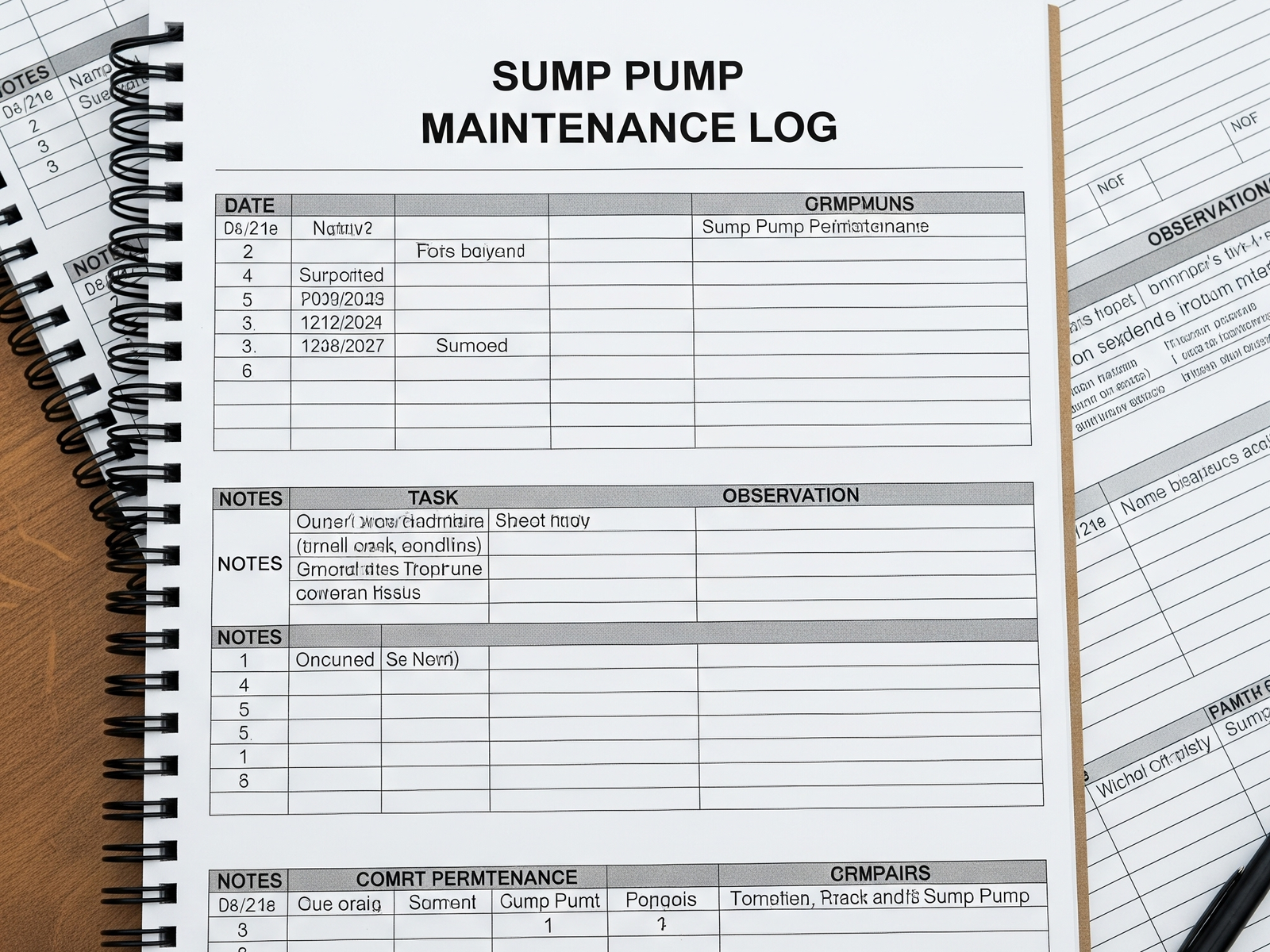
A log helps track patterns and ensures nothing gets overlooked.
Conclusion
Preventing basement floods starts with proactive sump pump care. By testing, cleaning, and scheduling professional inspections, you can keep your sump pump working efficiently and protect your home from unexpected water damage. A few minutes of maintenance can save thousands in repairs and priceless peace of mind. Contact us today!

